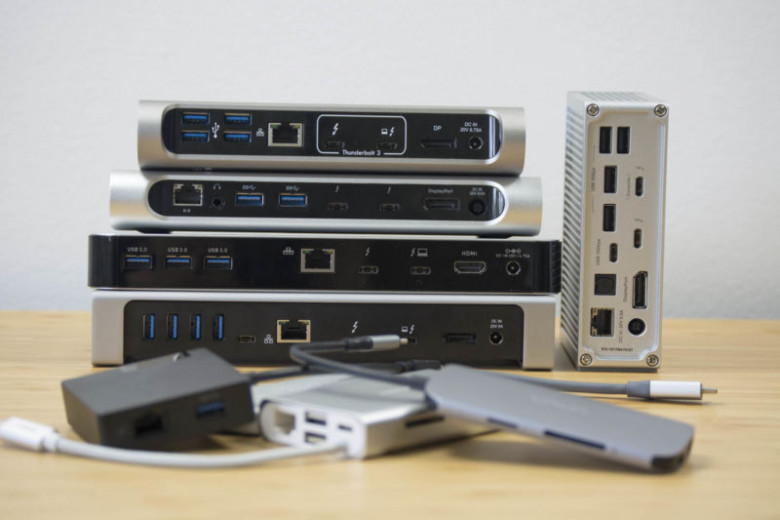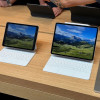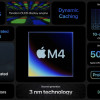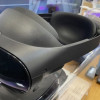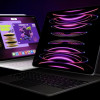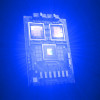Guidemaster: Picking the right Thunderbolt 3 or USB-C dock for your desk
The introduction of USB-C and Thunderbolt 3 ports and the transition away from legacy ports hasn't been smooth. PC and smartphone OEMs began using USB-C ports a few years ago because they allowed companies to make thinner devices with faster ports. Gargantuan in comparison, USB-A ports we all know and love from thumbdrives take up a lot of space on devices, they don't handle data transfer as efficiently as new ports, and they're limited when it comes to multiple connections and charging.
USB-C and Thunderbolt 3 are the way of the future, but most of our accessories are stuck in the past. PC and smartphone OEMs lead the way by adopting USB-C as standard, but that often leaves users to search for an adapter or dongle to connect all of the peripherals they already have. On top of that, many new peripherals are still using the old connections.
Rising to the occasion are USB-C and Thunderbolt 3 docks—boxy devices punctured by USB-As, HDMIs, DisplayPorts, and SD card readers—and other ports. A dock or hub connects to all your peripherals so you can then connect it to your PC through just one USB-C port. But not all docks are created equal. After reviewing a wide array of what's available today, we've found there are a few key features users should look for to determine which option is best for you to bridge the gap between your PC and everything you want to use with it.














































